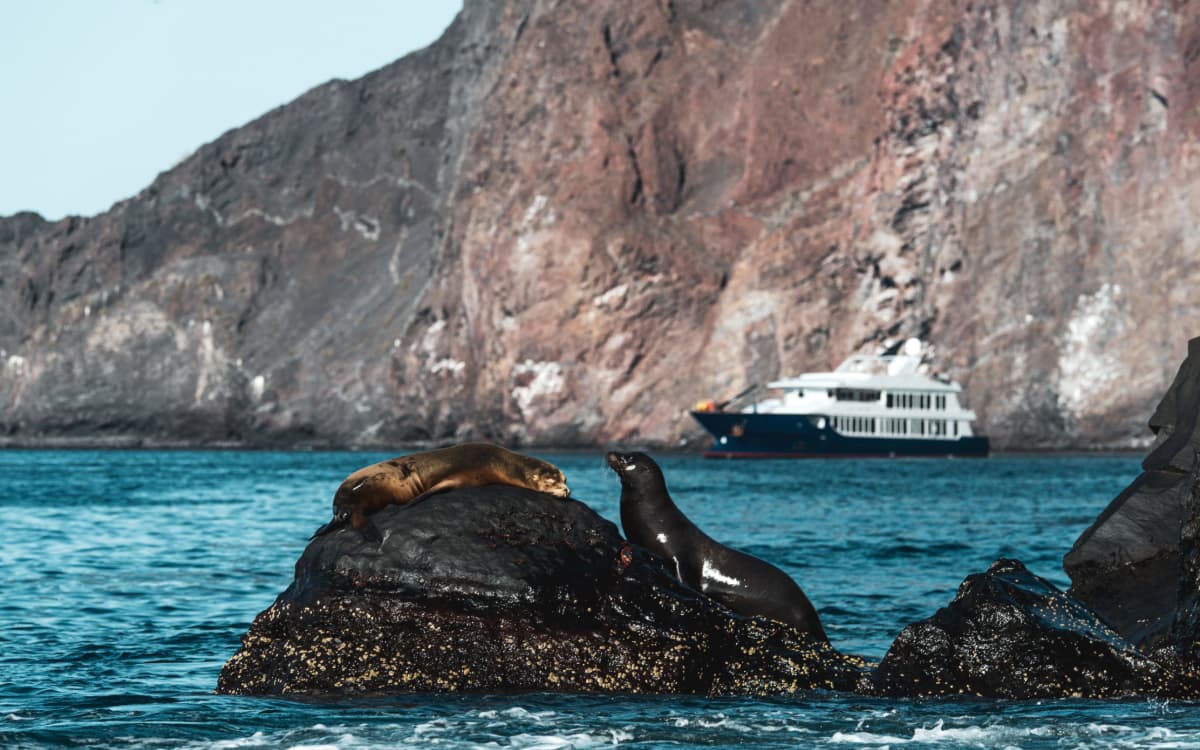Wanderlust

Dec 18, 2017
Exploring India’s Wild Side
Written by
Starla Estrada
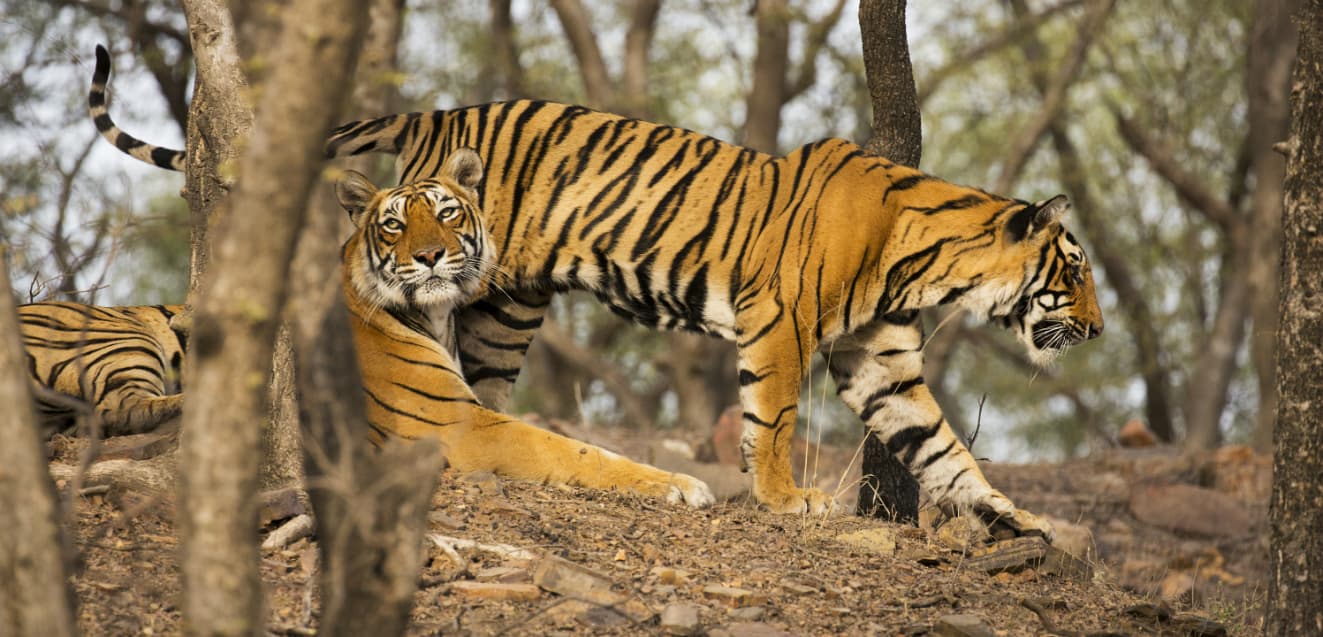
I embarked on my first India trip with a focus befitting my Africa travel roots: wildlife and wilderness, tribal culture, and music.
- Seeing a tigress and cubs: check.
- Witnessing a tiger-leopard kill: check.
- Encountering a leopard that thinks it’s a big, brave tiger: check.
- Learning tiger protocol (what happens when a tiger comes into camp at dinner time): check!
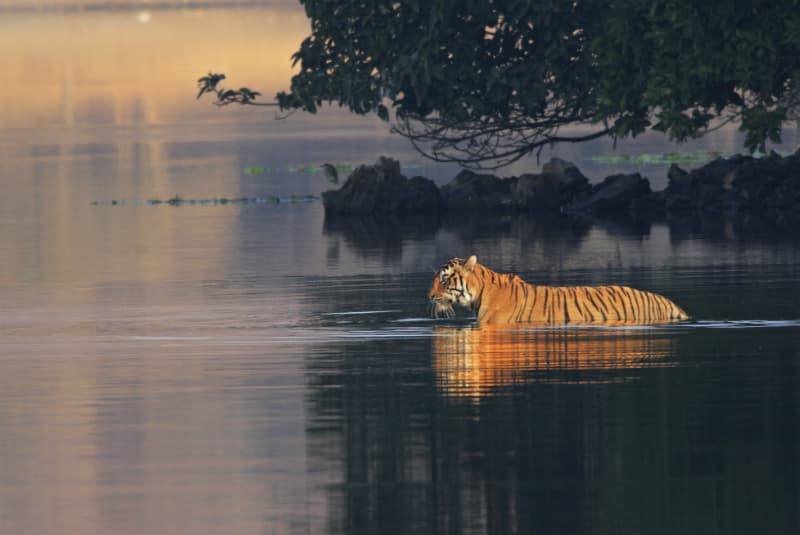
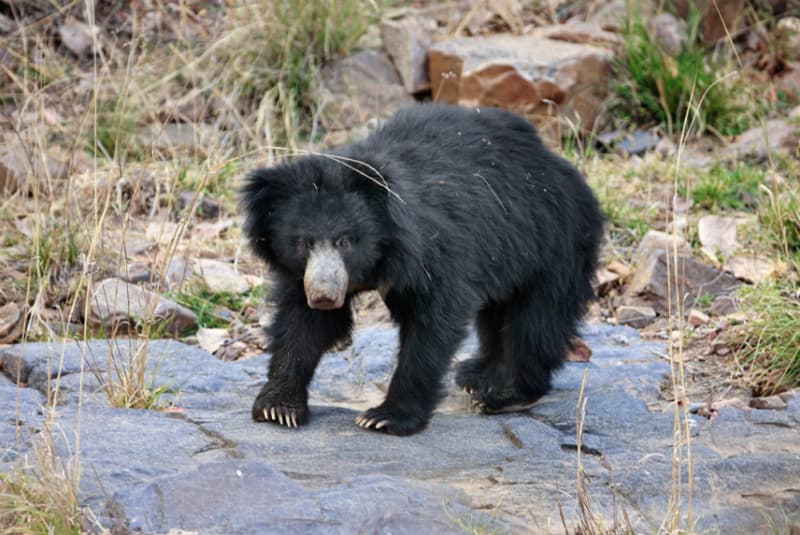
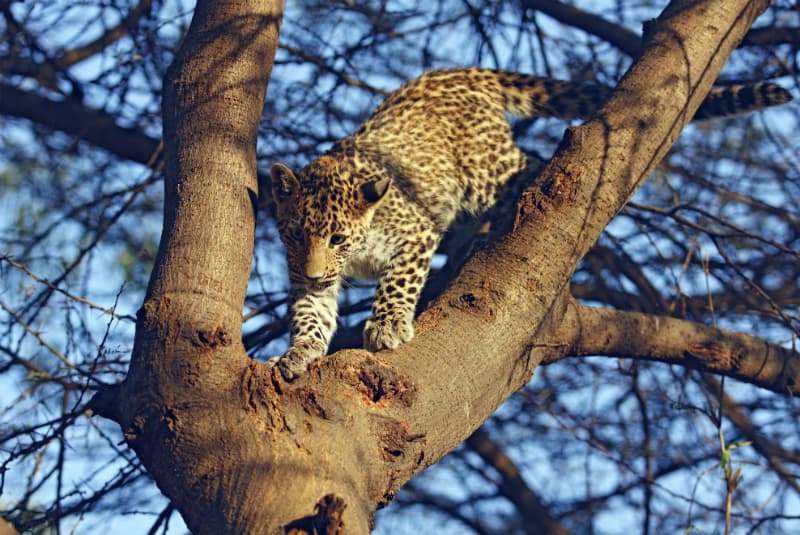
In Ranthambore National Park, if you’re lucky as I was, you’ll see tigresses and cubs in their jungle ecosystem, prowling among the 10th-century Ranthambore Fort, part of an enchanted land scattered with ancient temples, mosques, vine-covered burial tombs, and pavilions in the middle of crocodile-filled lakes.
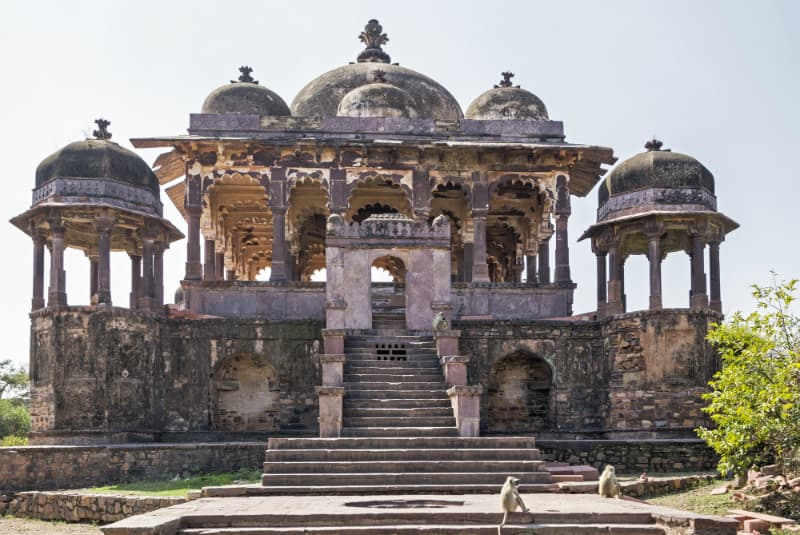
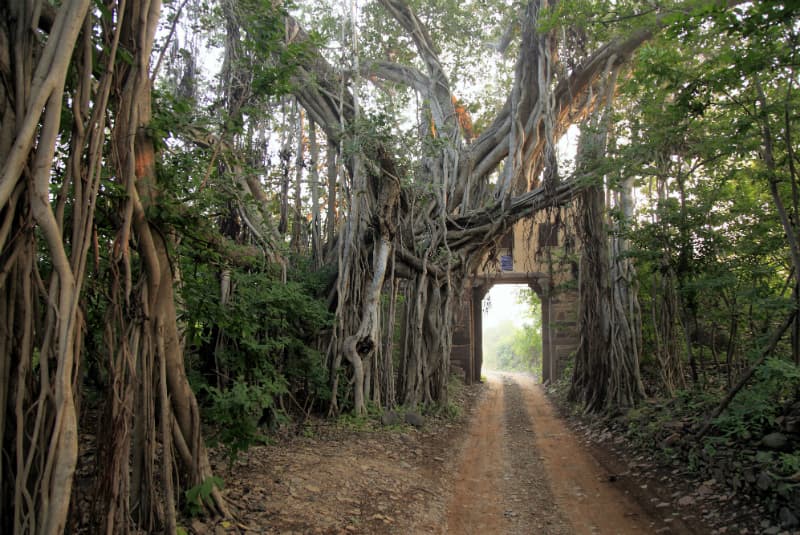
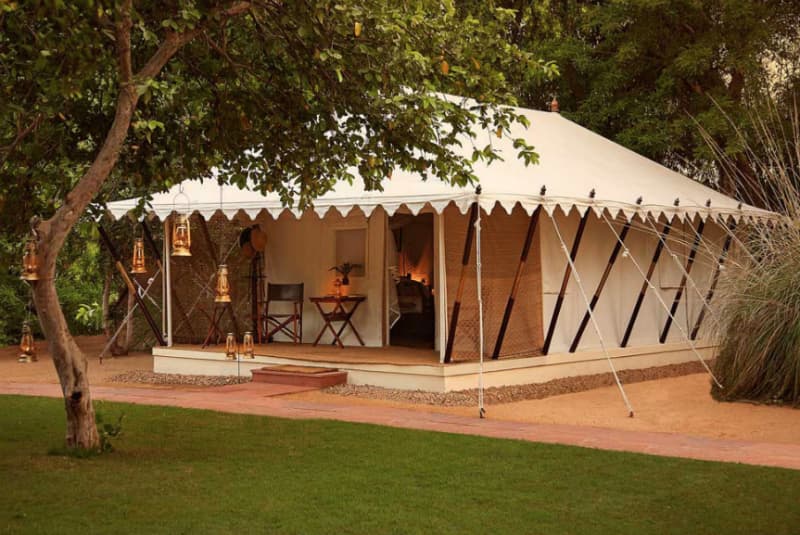
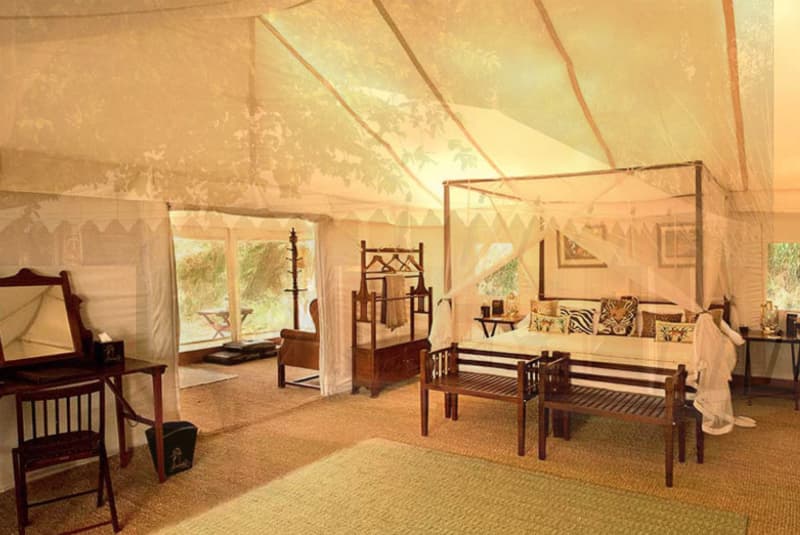
The luxury safari camp Sher Bagh was one highlight; through the camp’s impressive conservation efforts, the tiger population has nearly doubled in the past decade. The rangers and wildlife guides have a combined deep field experience and academic knowledge. On a three-night stay, with three safaris, the chances of seeing tigers are very high. The park is divided into zones; other camp properties are assigned a zone in the morning, at the outset of the safari. This can have obvious limitations, if the rangers are aware of tiger movement in zone five but the vehicle is assigned to zone one. Happily, GeoEx guests at Sher Bagh do not face that limitation: Sher Bagh’s conservation work and relationship with the park service permits their safari vehicles and guests to access all the zones of Ranthambore.

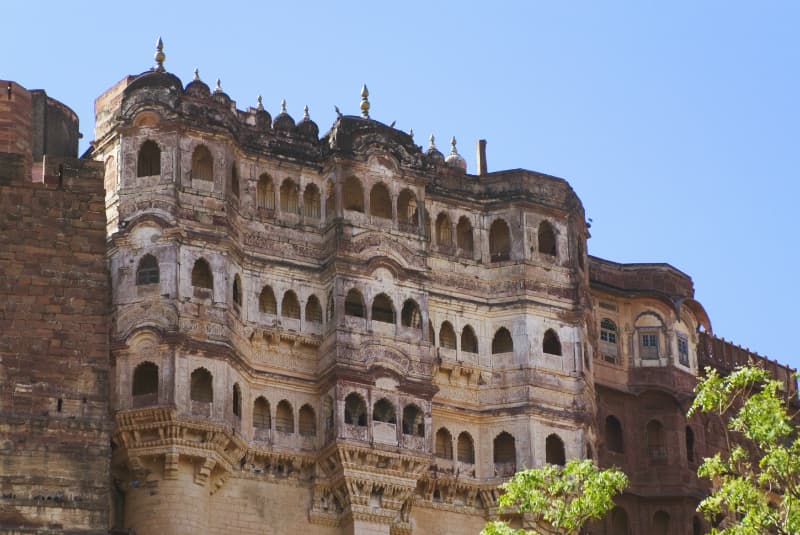
I liked that our tour interspersed wilderness with cities, which are their very own ecosystem, teeming with humans and history and forts and palaces. I pushed my mind to its boundaries at the awe-inspiring Jantar Mantar, a 17th-century complex of ancient architectural astronomical instruments, built by the wildly visionary and intelligent Rajput king Sawai Jai Sing II; among its many treasures, the complex boasts the world’s largest stone sundial, constructed in 1734 and still precision perfect. We also explored Mehrangarh Fort’s private rooms on a night tour that was complete with champagne and a Bollywood cast filming a scene of invading—and defeated—Redcoats.
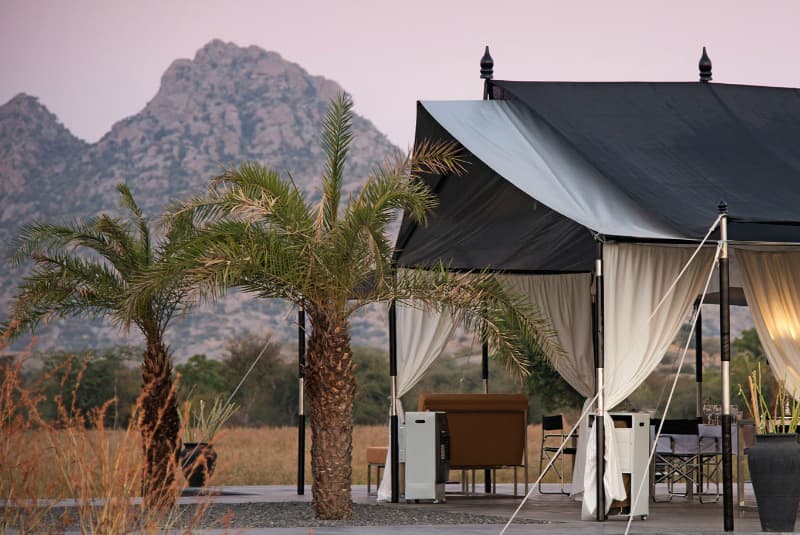
Then we ventured back into the wilderness, taking a long train ride and road trip to get to Jawai (the mode of transport is very much part of the adventure in India). On arrival, I instantly felt at home. The beautiful landscapes reminded me of my favorite wilderness spots in Kenya and California, rolling granite kopjes and lakes and shrubby scrub brush, perfect for leopards; we saw a leopardess and cubs, an alpha male, and a young male intruder that was bravely exploring the alpha male’s cave while he was out hunting.
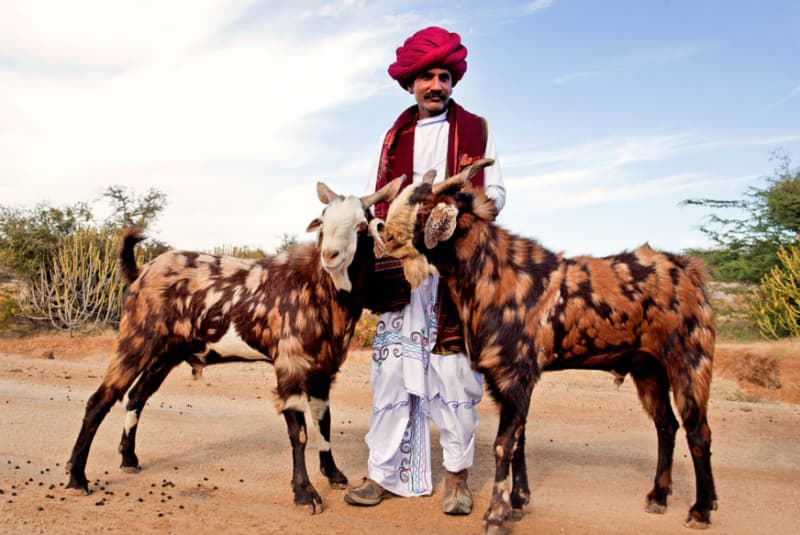
We welcomed misty sunrises by sipping chai and celebrated bright orangey-orb sunsets with gin and tonics. As if this were not perfection enough, Rabari shepherds—regal in white garments and red turbans and looking very much like cousins to the Maasai in East Africa—handsomely wandered the region and also served as guards at the camp (guarding us from curious leopards that wanted to get a closer look at us humans).My interest in Africa began with the music of West Africa, and in India, an unexpected music-inspired visit became the highlight of my trip. Our guide (the National Guides in India are some of the best I’ve ever had the privilege of traveling with and learning from) suggested we visit the nomadic desert musicians from the Langa tribe. The Langa have a 5,000-year lineage. The gentleman who took us to meet and hear these internationally renowned musicians can trace his family’s patronage back 500 years. A family would become a patron to this music caste, starting a symbiotic relationship in which family and musicians became linked forevermore.
All of us at GeoEx, and all of our travelers, understand this feeling of being linked to something ancient or wild or modern—history and animals and wilderness and humans and cities—and our love of traveling, exploring, keeps us wide-eyed and learning, always learning.
# # # # #
Learn more about all the inspiring destinations that GeoEx offers by calling our travel experts at 888-570-7108 or inquiring online.



